Ridgefield National Wildlife Refuge
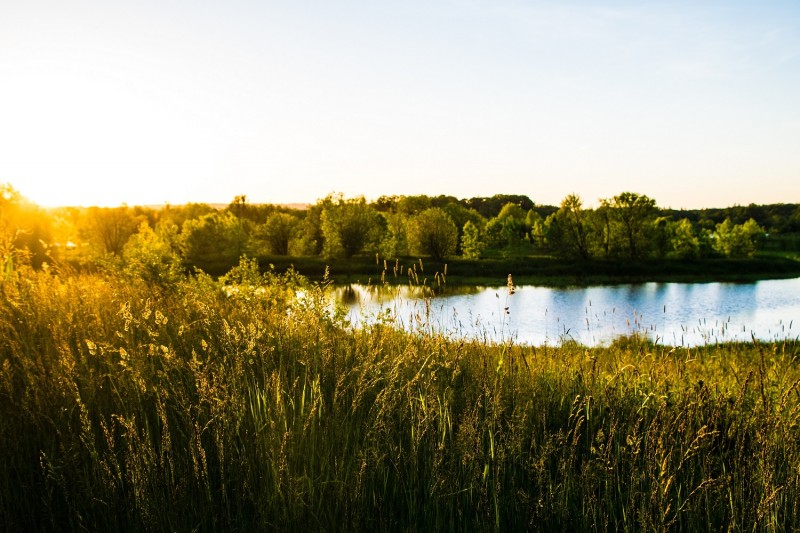
The Ridgefield National Wildlife Refuge was established in 1965 to provide wintering habitat for the dusky subspecies of the Canada goose. Today, the Refuge preserves both habitat for wildlife, and evidence of the people who once lived here.
Along the lower reaches of the Columbia River lies the Ridgefield National Wildlife Refuge (NWR). The approximately 5300 acres contain a lush mixture of wetlands, grasslands, riparian corridors, and forests. These habitats, combined with a mild and rainy winter climate, provide the ideal environment for many species including neotropical song birds, wintering waterfowl, and other local native species.
The refuge consists of five sections, each unique in habitat and the wildlife that reside there. Two of these sections are open to public visitation and enjoyment, while the remaining three are kept as sanctuary for wildlife to rest and escape human disturbance. This maintains an important balance of allowing those species less tolerant to human presence to thrive in an increasingly urban area. The surrounding communities then get the chance to view and experience wildlife and habitat, receiving the many benefits of being out in nature. Visitor activities include trails, an auto tour route, and many opportunities for learning, observing, and photographing wildlife.
The refuge also preserves the most intact archaeological site on the lower Columbia River, and evidence of at least 2,300 years of continuous human occupation. That history and culture is interpreted through the Cathlapotle Plankhouse built in 2005 and open to visitors on the weekends in the spring and summer.
Cathlapotle was one of the largest Chinookan villages encountered by Lewis and Clark, but today it is one of the few archaeological sites on the Lower Columbia River that has withstood the ravages of flooding, looting, and development. A decade of archaeological research — the result of a partnership between the U.S. Fish and Wildlife Service, the Chinook Tribe, and Portland State University — has produced a wealth of information about the Chinookan people who lived on the river long before Lewis and Clark first observed Cathlapotle in 1805 (See the Timeline and the Additional Information resource page for research on the site ).
This replica plankhouse was built based on findings from the archaeological site as well as additional sources of information. Built by more than 100 volunteers over the course of two years, the 37′ x 78′ cedar plankhouse is constructed largely from timber donated by local landowners and national forests. Grant funding, private donations and diverse community partnerships have built a feature for the past on the Ridgefield National Wildlife Refuge. This full-scale Chinookan-style cedar plankhouse on the Refuge serves as an outdoor classroom for interpreting the rich natural and cultural heritage preserved on Ridgefield National Wildlife Refuge.
The refuge is a place where people can share a bond with nature, and each other, by passing on outdoor traditions to new generations. As the population of the region increases, the refuge will become even more important to wildlife and those seeking to connect with nature.

28908 NW Main Ave, Ridgefield, WA 98642, USA
Distance: 0.04 mi (straight line)
Walks and Hikes Outdoor Experiences Fun and Sports
View Listing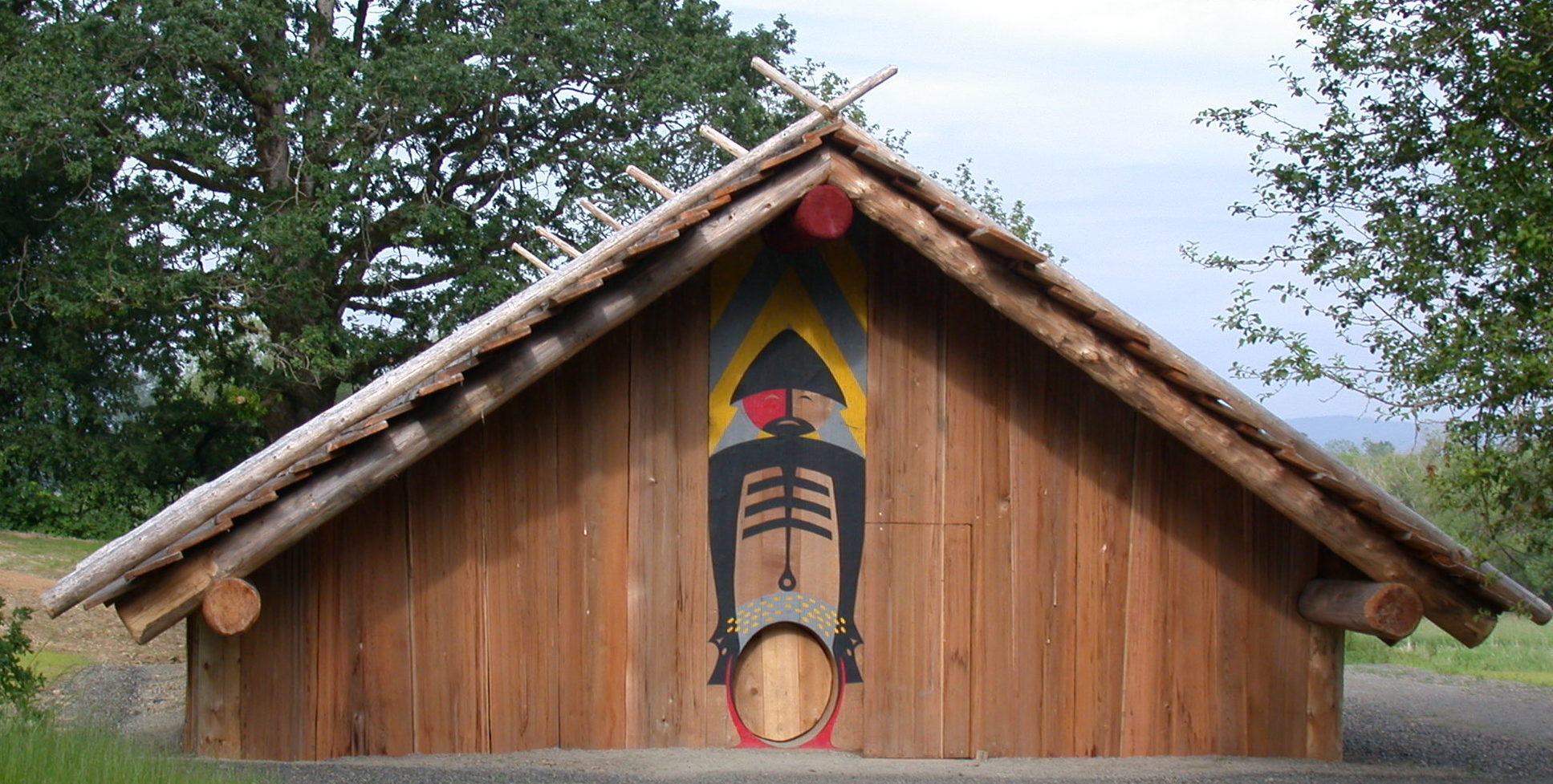
Cathlapotle Plankhouse, Ridgefield, WA, USA
Distance: 0.21 mi (straight line)
Tribal Experiences Outdoor Experiences
View Listing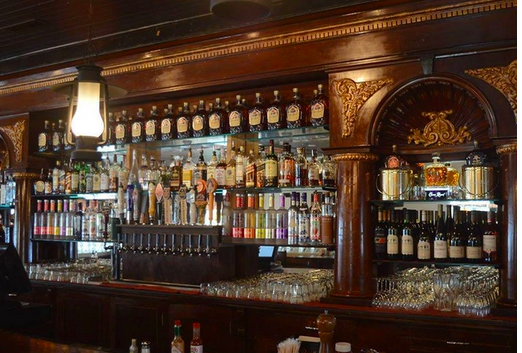
121 North Main Avenue, Ridgefield, WA, USA
Distance: 1.00 mi (straight line)

Ridgefield National Wildlife Refuge Auto Tour Start, Ridgefield, WA, USA
Distance: 1.66 mi (straight line)

ilani, Cowlitz Way, Ridgefield, WA, USA
Distance: 2.47 mi (straight line)
Food and Drinks Tribal Experiences Shopping
View Listing
Tap Into Wine, Strand Street, St. Helens, OR, USA
Distance: 3.21 mi (straight line)

343 South 1st Street, St. Helens, OR 97051, USA
Distance: 3.21 mi (straight line)
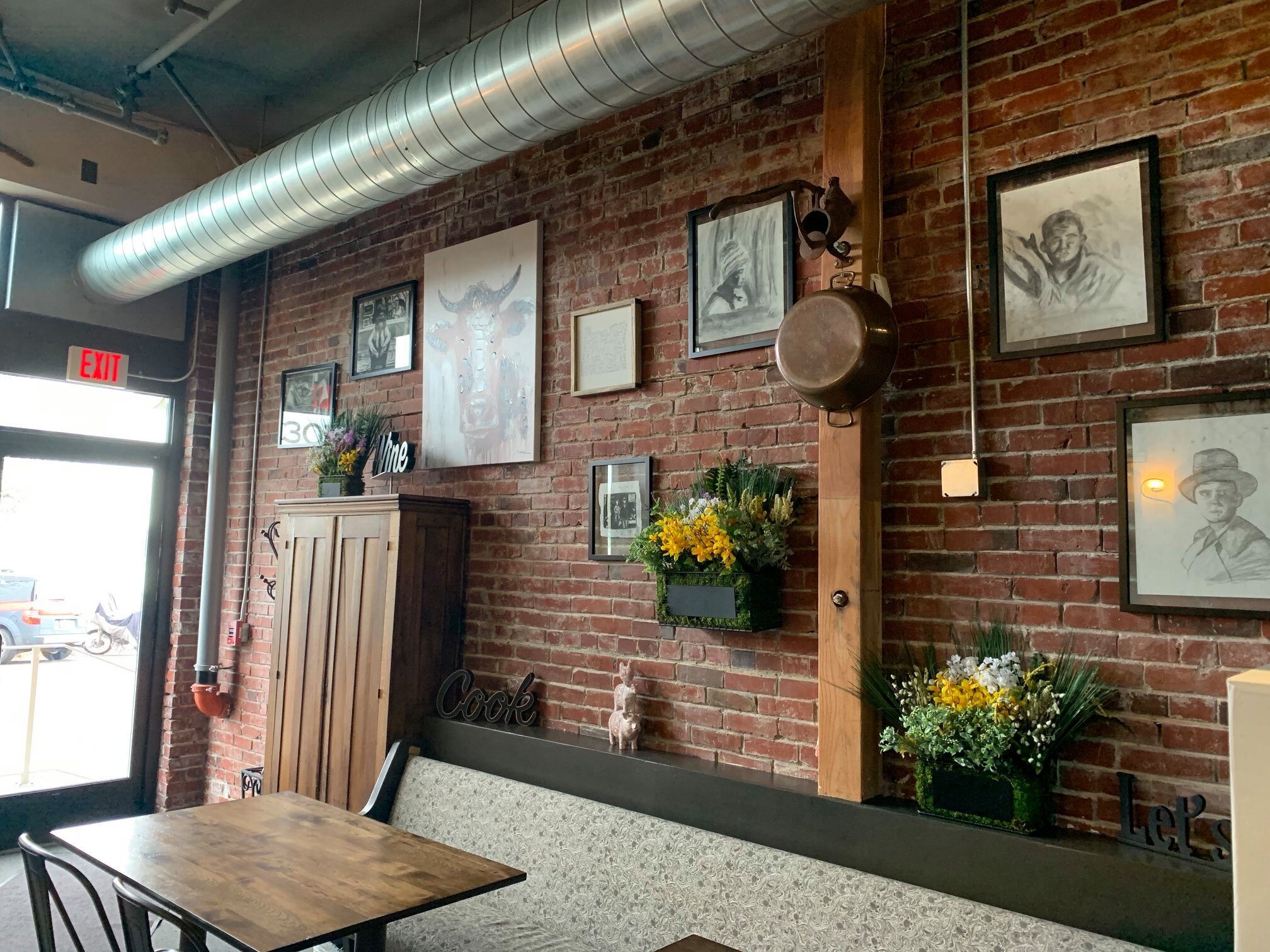
Columbia County Bistro LLC, Strand Street, St. Helens, OR, USA
Distance: 3.22 mi (straight line)
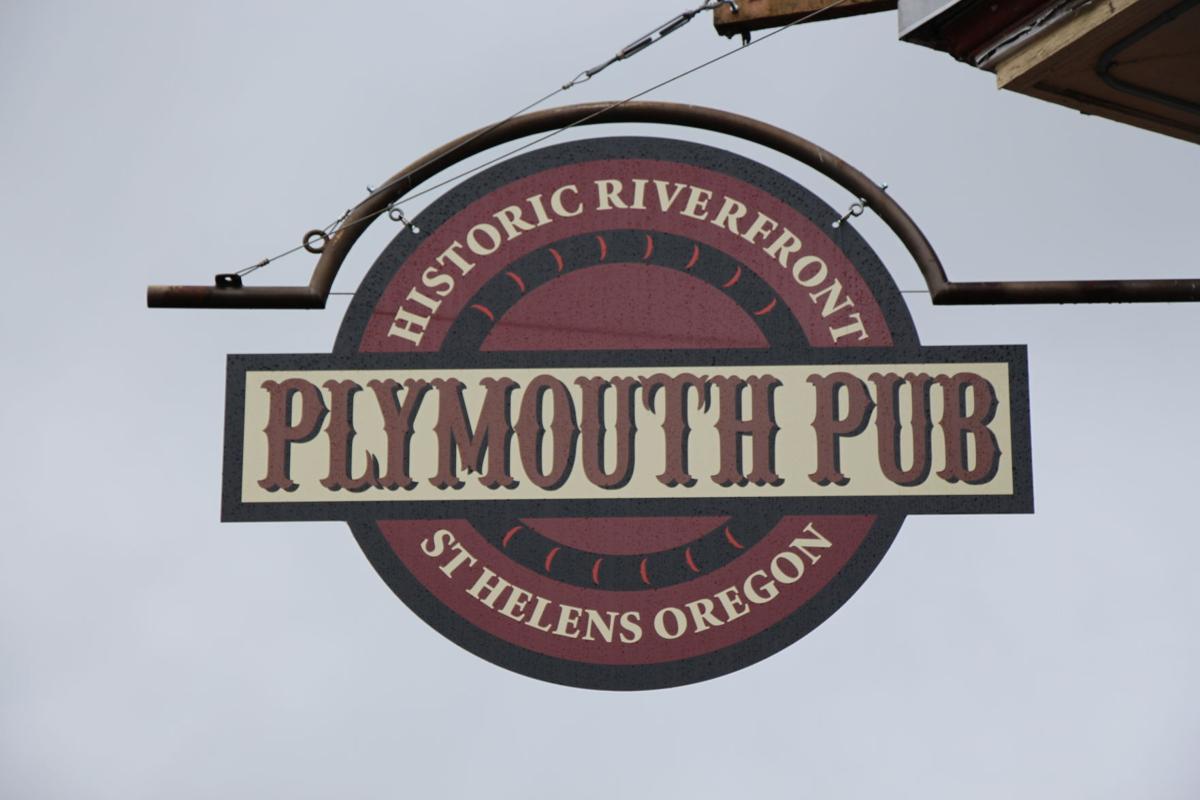
Plymouth Pub, South 1st Street, St. Helens, OR, USA
Distance: 3.26 mi (straight line)
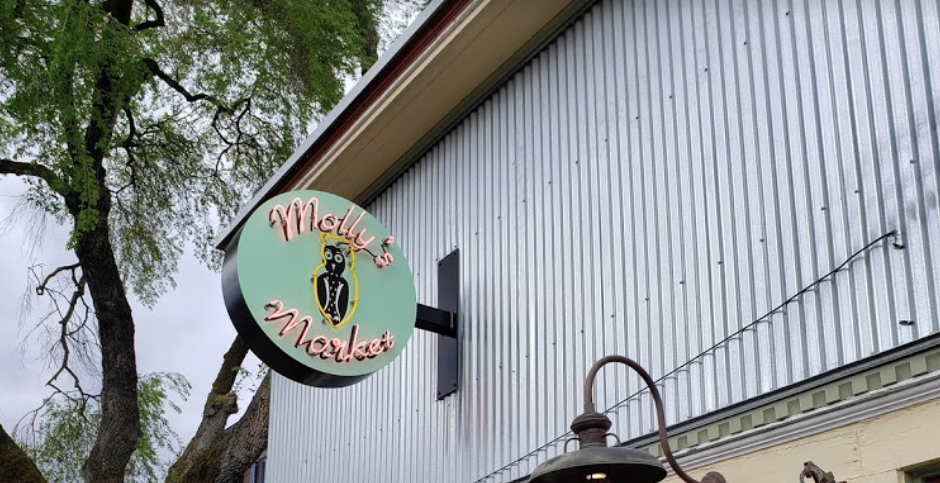
290 South 1st Street, St. Helens, OR 97051, USA
Distance: 3.26 mi (straight line)
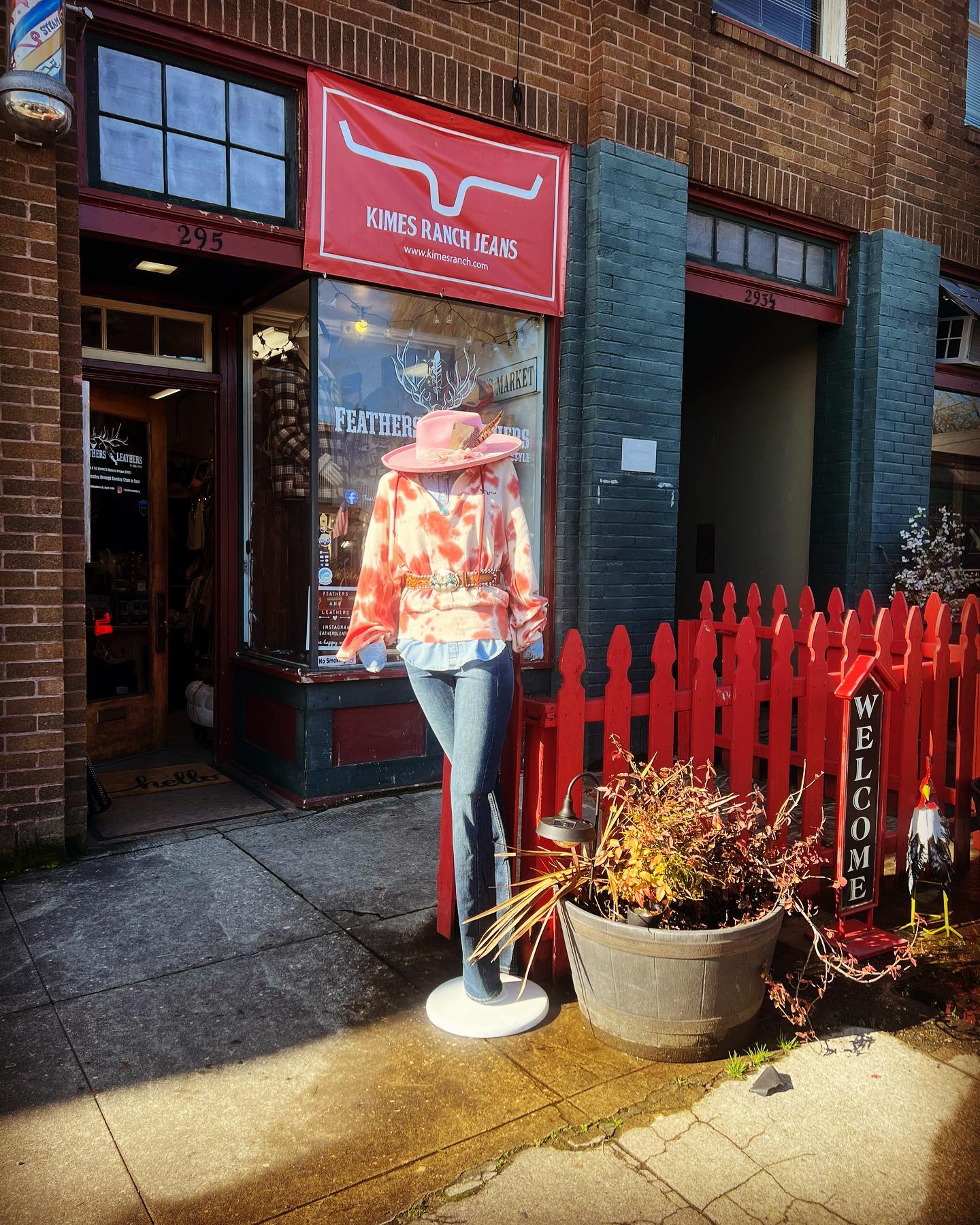
Feathers and Leathers Boutique, South 1st Street, St. Helens, OR, USA
Distance: 3.28 mi (straight line)
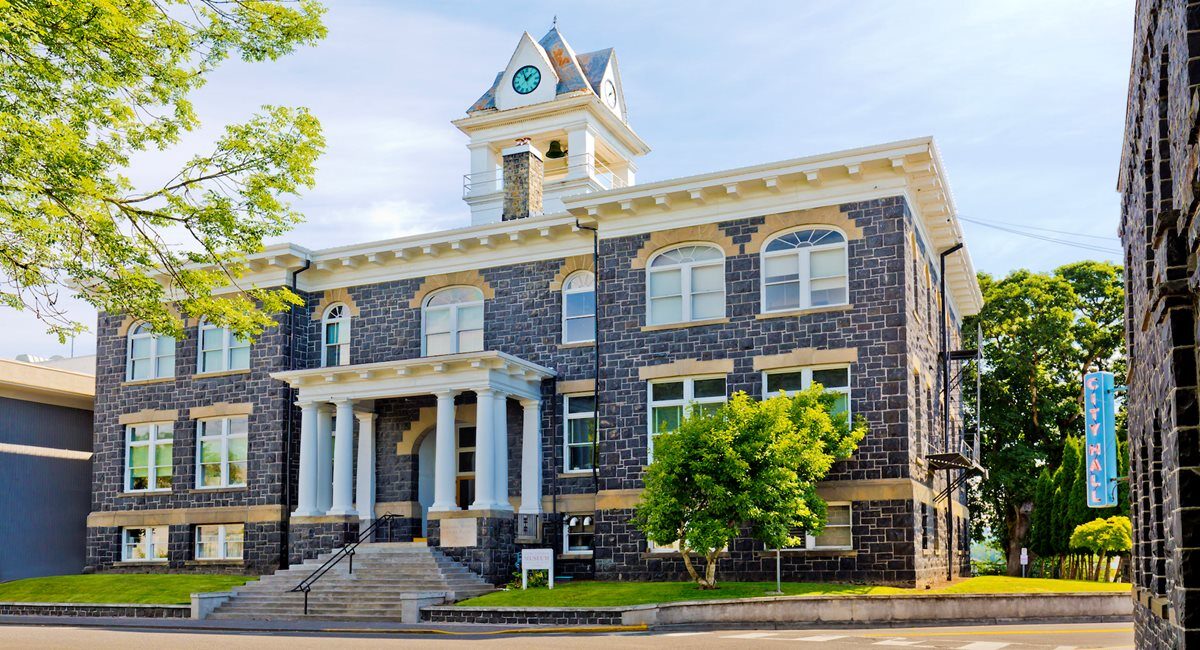
Columbia County Museum, Strand Street, St. Helens, OR, USA
Distance: 3.28 mi (straight line)
Museums and Interpretive Centers
View Listing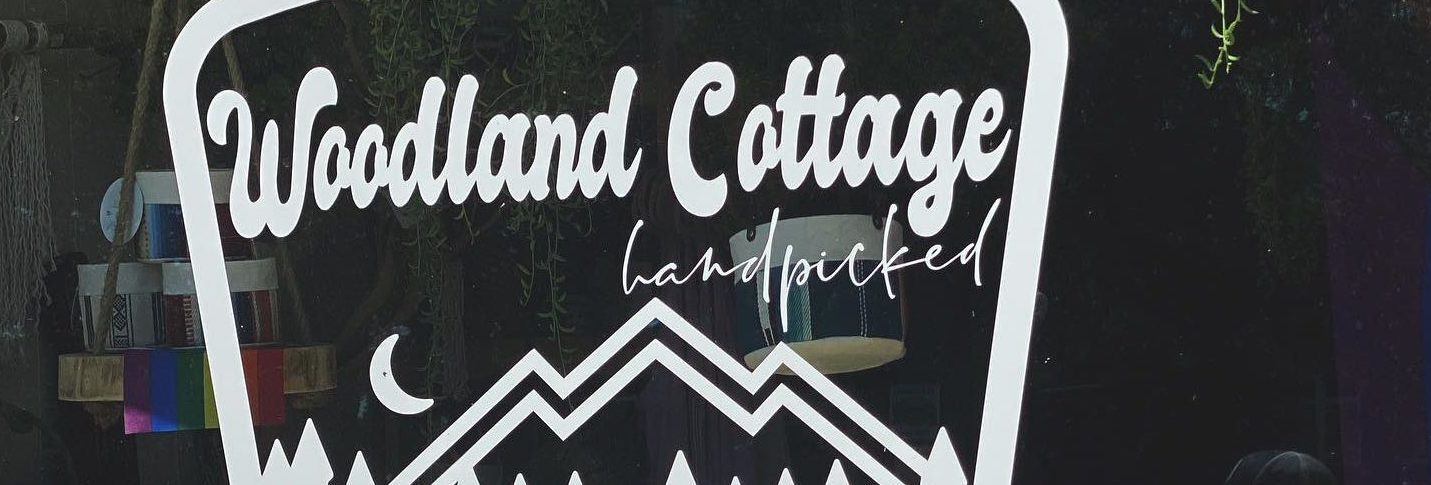
241 South 1st Street, St. Helens, OR, USA
Distance: 3.32 mi (straight line)

The Columbia Theatre, South 1st Street, St. Helens, OR, USA
Distance: 3.34 mi (straight line)

Real Eye Zing Art, South 1st Street, St. Helens, OR, USA
Distance: 3.36 mi (straight line)
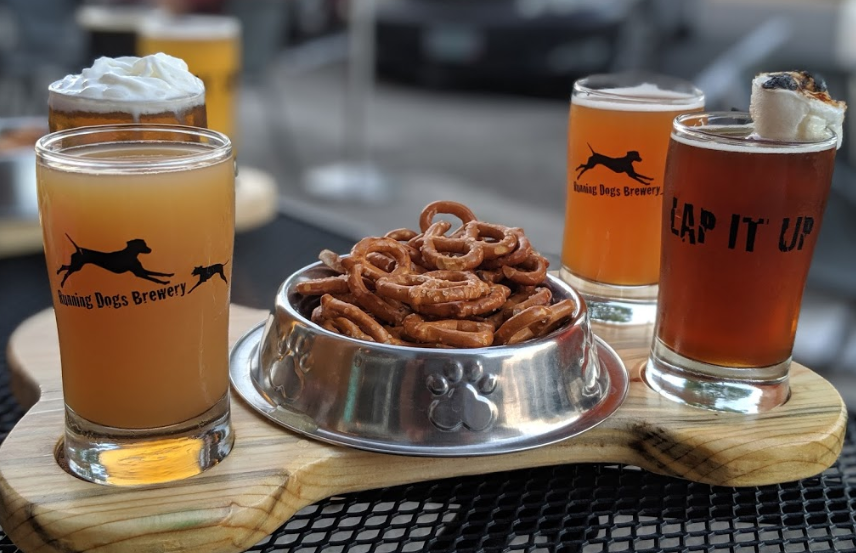
Running Dogs Brewery/TheBlondeBrewer Production Facility, Running Dogs Lane, St. Helens, OR, USA
Distance: 3.99 mi (straight line)
Food and Drinks Breweries and Distilleries
View Listing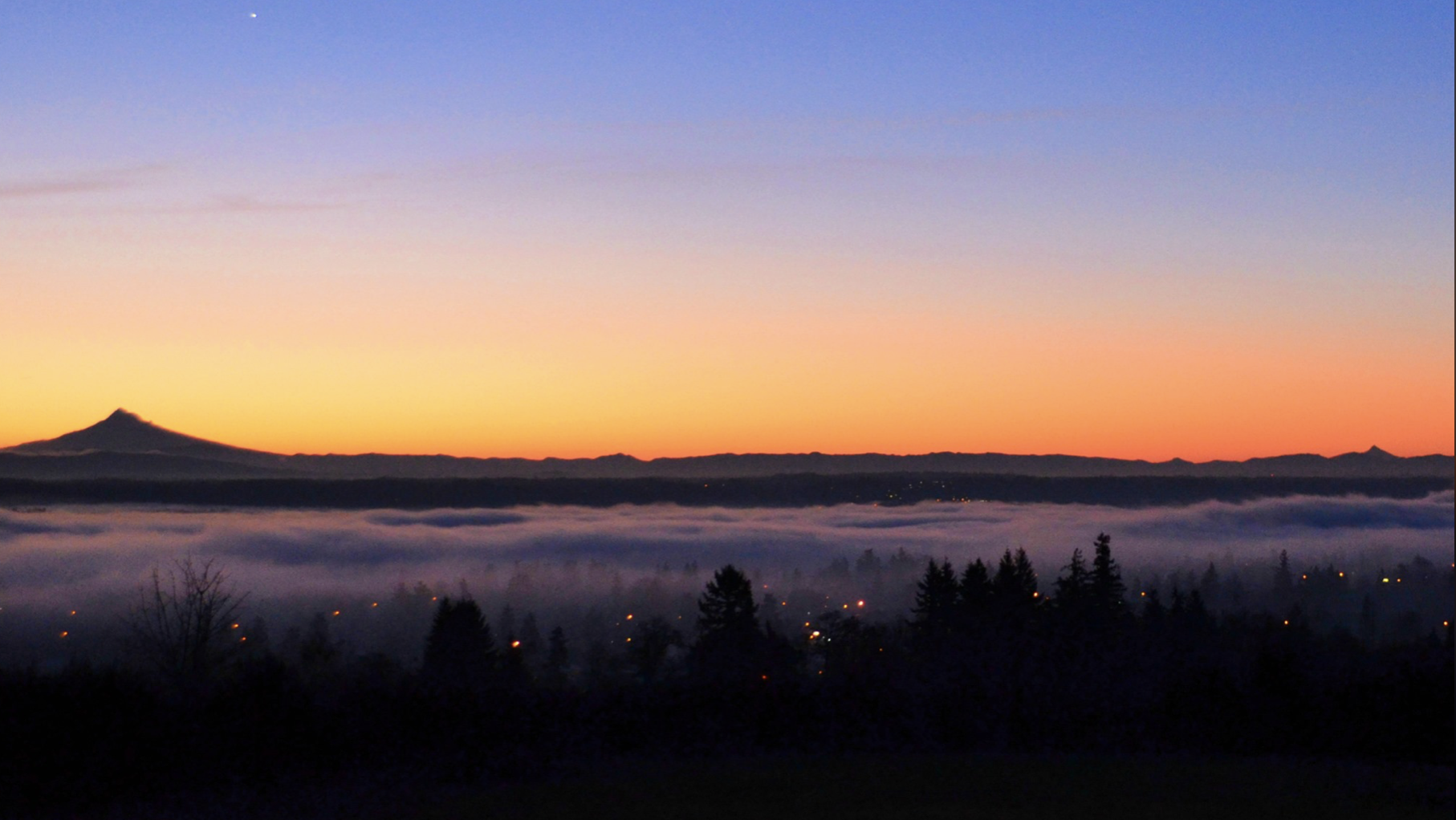
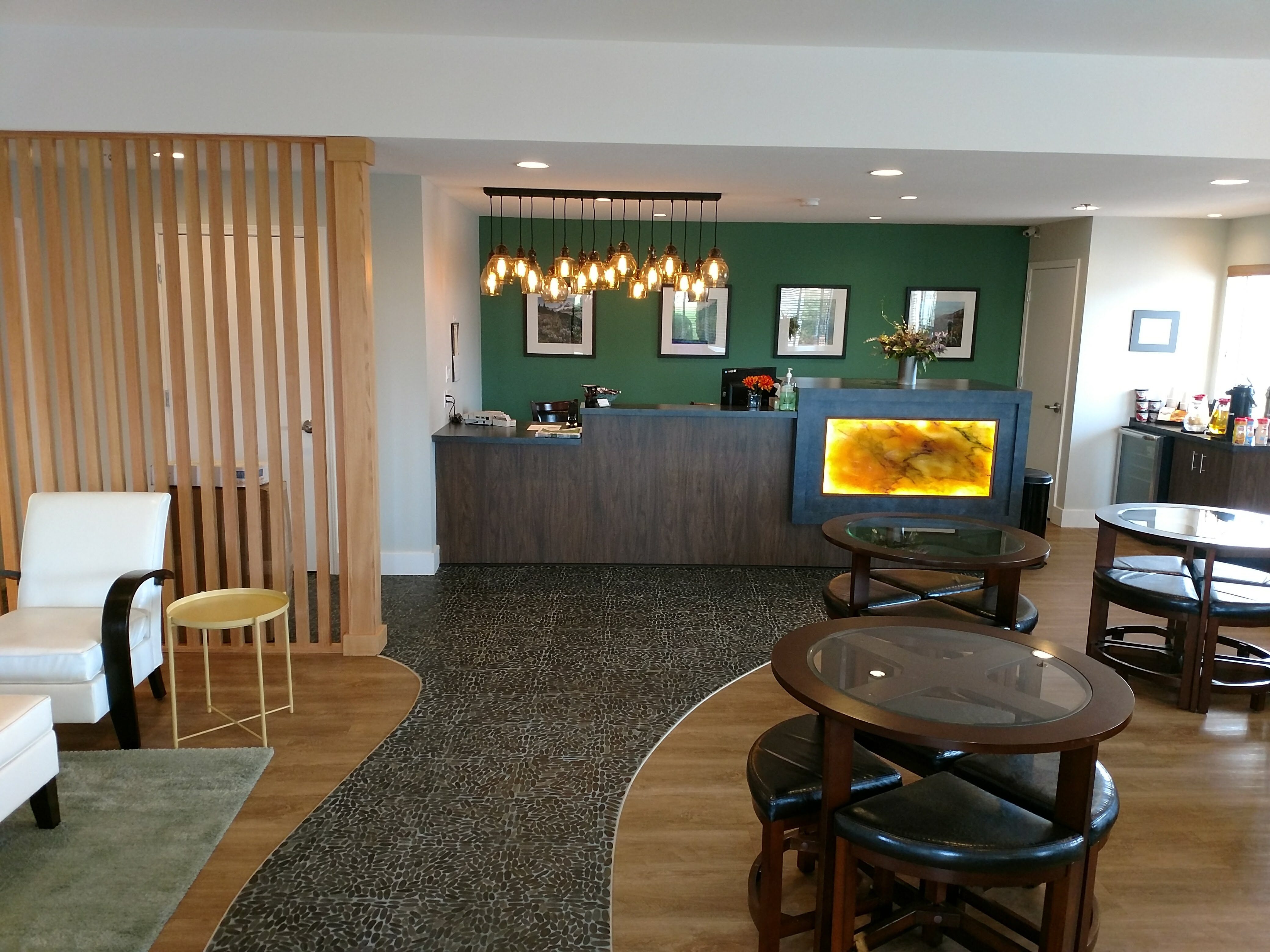
Lewis River Inn, Lewis River Road, Woodland, WA, USA
Distance: 5.31 mi (straight line)
Our bi-weekly newsletter provides news, history, and information for those interested in traveling along along the Lewis & Clark Trail.